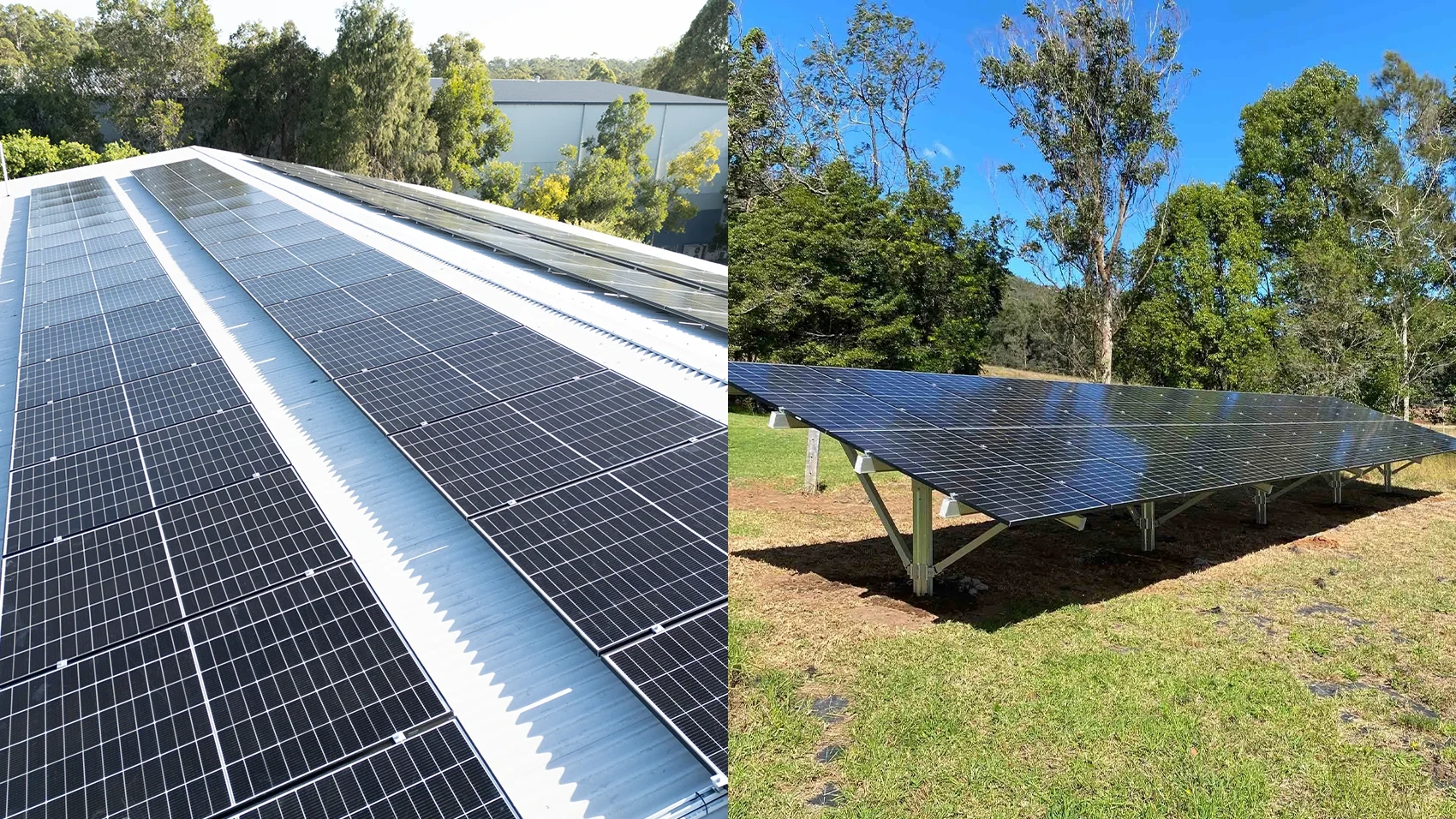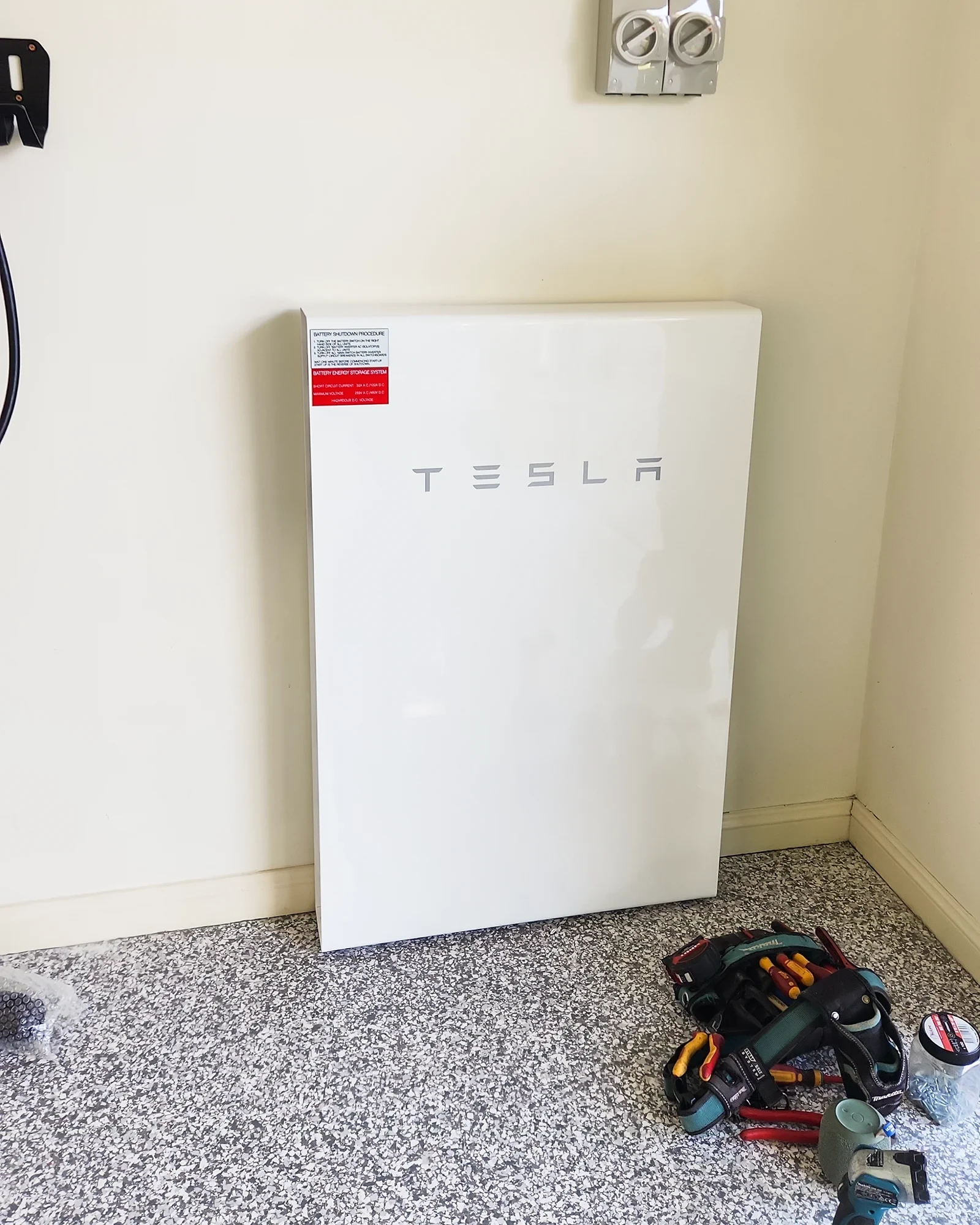The NSW Battery PRDS Incentive is Now Available
The NSW Battery PRDS Incentive is Now Available
Posted 13 Dec
After many decades of nuclear fusion research, US scientists at the Lawrence
Livermore National Laboratory have
taken a huge leap in harnessing fusion, which is a massive step forward in the direction of producing unlimited clean energy for our
future.
What is Nuclear Fusion? Nuclear fusion is the process by which two light atomic nuclei combine to form a single heavier one while releasing massive amounts of energy.
“We have had a theoretical understanding of fusion for over a century, but the journey from knowing to doing can be long and arduous. Today’s milestone shows what we can do with perseverance,” said Dr. Arati Prabhakar, the President’s chief adviser for Science and Technology and director of the White House Office of Science and Technology Policy.
The experiments conducted by the scientists are said to have generated more energy output than was used to power the reaction. As a result of the intense pressures and high temperatures, this has been a large obstacle for nuclear fusion reaction research for a long duration.
The experiment resulted in 3.15 megajoules of fusion energy, in retrospect to the 2.05 megajoules of energy originally put in to initiate the reaction.
 The
target chamber of LLNL’s
National Ignition Facility, where 192 laser beams delivered more than 2 million joules of ultraviolet energy to a tiny fuel pellet to
create fusion ignition on Dec. 5, 2022.
The
target chamber of LLNL’s
National Ignition Facility, where 192 laser beams delivered more than 2 million joules of ultraviolet energy to a tiny fuel pellet to
create fusion ignition on Dec. 5, 2022.
“This monumental scientific breakthrough is a milestone for the future of clean energy,” said U.S. Senator Alex Padilla (CA). “While there is more work ahead to harness the potential of fusion energy, I am proud that California scientists continue to lead the way in developing clean energy technologies. I congratulate the scientists at Lawrence Livermore National Laboratory for their dedication to a clean energy future, and I am committed to ensuring they have all of the tools and funding they need to continue this important work.”
 The
hohlraum that houses the type of cryogenic target used to achieve ignition on Dec. 5, 2022, at LLNL’s National Ignition Facility.
Courtesy of LLNL.
The
hohlraum that houses the type of cryogenic target used to achieve ignition on Dec. 5, 2022, at LLNL’s National Ignition Facility.
Courtesy of LLNL.
As this is a huge breakthrough, the technology is decades off being used for power plants, but this confirmation that the technology can be used with continuous advances and refinement.
"With concerted effort and investment, a few decades of research on the underlying technologies could put us in a position to build a power plant," said Kim Budil, the director of Lawrence Livermore.
For now, renewable energy production will continue to expand with the world adopting mostly Solar, Wind, and Battery Storage, as this nuclear fusion technology continues to develop and become more efficient. This announcement is an encouragement to the renewable sector as there will be other alternative methods of harnessing clean energy for our future pushing us into NetZero.
Consider checking out our Solar Capabilities - or read another
Article:

Rooftop and ground mounted solar are ways you can add solar to your home.. but which is better? Compare roof vs. ground solar systems and see what's best.

Explore the NSW battery 'rebate' (Peak Demand Reduction Scheme), approved battery brands, pricing, and how you can be eligible to save on your first battery.
Leave a Comment